Introduction
I received a notification on my phone as I was sitting on the couch, flight suit still on from the instructional flight I had just returned. A story entitled "Glowing Auras and ‘Black Money’: The Pentagon's Mysterious UFO Program" was just published in The New York Times. Accompanying the article was a video of a mystery object captured by Naval Aviators flying their F/A-18F Super Hornets off the United States East Coast. The 34-second clip showed an object maneuvering in ways that I have yet to explain. We still don't know anything about the origin or purpose of the mysterious crafts that were seen.
As I read the NYT piece and saw the accompanying video, I was struck by a peculiar sense of synchronicity, almost deja vu. I have previously seen this video. I recognized these voices. I was present when it was recorded, and I witnessed its briefing to the Admiral of the strike group onboard the U.S.S. Theodore Roosevelt (CVN-71).
Aircrew
I also recognized the voices. The pilot of the fateful flight was a member of VFA-11 and a skilled aviator whose tactical expertise won him the honor of being named the top performer across the whole East Coast Naval Aviation Enterprise.
I spent much of my career with the Weapons System Officer (W.S.O.) from the GIMBAL video. We trained together in the Fleet Replacement Squadron (FRS), flew our first night traps on the carrier, and were assigned to VFA-11 when we finished our training. He was a tremendously talented WSO who was consistently chosen for the most challenging missions and assignments. He is a well-respected member of the Naval Aviation community, with a mustache that has become legendary in its own right.
The Mission
Our squadron was planning for a sunset Air to Air (A/A) training mission as part of our work-up cycle to prepare Carrier Air Wing One for deployment in support of Operation Enduring Freedom. Several friendly aircraft acted as 'Red Air' (hostile) while the 'Blue Forces' (friendly) carried out their training.
While we usually fly out to training from the Aircraft Carrier in groups of two or four, we frequently return to the landing pattern as individual aircraft when we reach our 'bingo' fuel. Hard turns, high gee forces, and other aggressive maneuvers raise our average fuel consumption, resulting in sometimes significant fuel state variances.
Near the end of the mission, our fateful aircrew, designated "Ripper 11," left the fight and began transiting back to the ship for landing. It is important to clarify that our specific training evolution comprised professional land-based 'Red Air,' which performed simulated aircraft intrusions into carrier-controlled airspace. When Ripper 11 first made radar contact with the mystery objects, they assumed it was a penetration test. Ripper 11 elected to approach and attempt to identify the contacts inside the parameters of the training scenario.
GIMBAL
Despite their experience in the aircraft, the aircrew was baffled by what they saw on their sensors. The AN/ASQ-228 Advanced Targeting Forward Looking IR (ATFLIR) pod slewed to focus on the radar contacts as Ripper 11 neared the unknown contacts. The interloper, correlated by a fully operating APG-79 Advanced Electronically Scanned Array (AESA) radar system, displayed on the screen with a peculiar outline rather than what we were used to seeing. The object appeared to have channeled IR energy emanating from the center of the disc, both from the 'top' and the 'bottom.' It was disc or 'gimbal' shaped and somewhat tilted relative to its flight path. The object appeared to be a source of IR energy in a completely different way than a regular airplane. On tactical aircraft, IR signatures are generally minimized, reducing the efficacy of IR passive detection or tracking systems or weapons. Masking your signature at close range is difficult despite the reduction efforts. Ripper 11 flew within 6-8 nautical miles of GIMBAL to resolve its structure and identify the contact. However, with the sun now set, visual inspection was dangerous, if not impossible, and the ATFLIR's TV mode was ineffective.
When an aircrew observes an item on the FLIR, it is common to see the aircraft's skin, clear exhaust flames/lines, and other distinguishing attributes. However, even at close ranges, the Gimbal lacked such features. The reported behaviors would not be possible if there were no visible flight surfaces (no wings or other lifting bodies), no exhaust plume, or any other evidence of regular propellant systems.
The object rotates approximately 90 degrees to become perpendicular to the horizon. The shocked aircrew exclaims over the ICS, "It's rotating!" (cockpit intercom). The clip then abruptly ends.
There's a whole fleet of them!
What the video does not reveal adds to the mystery.
The aircraft's radar is the principal instrument for identifying and monitoring airborne objects. In the GIMBAL footage, the aircrew reveals what more is detected: "Look at the SA (Situational Awareness); there's a whole fleet of them!"
As it turned out, there were! According to the SA page's radar data, four or five more objects were close to GIMBAL.
The GIMBAL object was located between 5 and 10 miles away, while these other objects appeared to be spaced 3 to 5 nautical miles apart. What these numbers mean is discussed in more detail below. Offset to the north, and ahead of the GIMBAL object, this formation made a maneuver (I believe to the left) that caused the wedge formation to break down a little into what appeared to my trained eyes to be poor formation keeping.
The formation tightened into its original wedge shape as it rolled out on its new ultimate heading, which appeared 180 degrees from its original heading. This formation turned at a tighter radius during the maneuver than I had anticipated based on my prior experience.
Additional data about GIMBAL's behavior could be found on the SA page. When the constellation of smaller objects changed course and advanced in the opposite direction, the GIMBAL performed a roughly 180-degree maneuver to stay close to the group. In contrast to the turn of the formation, GIMBAL's turn was lightning fast. Just what does this signify? Assuming the vehicle has inertia, it had just made a vertical turn. These things were functioning oppositely, executing turns in an energy inefficient manner. Or was this an intentionally over-aggressive maneuver to complicate the geometry of the approaching fighter jet, Ripper 11? We just don't know.
Range estimates explained
The Situational Awareness page is a top-down combined view of all radar contacts. It is best to set the SA page in 20 or 40-mile scales. Estimates for distances between objects were based on relative distance as displayed on the SA page when the SA page was evaluated post-flight. The estimated distances between UAP were calculated using a 20 nm scale for the SA page.
Everyday Occurrences
As I sat on my couch, internalizing the 2017 New York Times piece, I felt a sense of frustration. The NYT was unaware that the GIMBAL incident was not isolated. It was merely one of the numerous UAP detections that alarmed pilots. We have detected unusual radar encounters practically every day since upgrading our radars to the APG-79 in 2014. And we were almost colliding with them.
After talking with other colleagues still flying on the East Coast, I confirmed that the objects were still being identified frequently. There had to be a solution.
Looking through the NYT story, I came across a link to 'To The Stars Academy,' which seemed to be in control of the clips at the time; I found their email address and wrote the following message:
"Hello,
My name is Ryan Graves, and I'm an F/A-18F pilot. I was airborne when the video you released was recorded. Would you like to discuss the rest of the tape?"
Lue Elizondo sent me an email three months later.
Moving Forward
Thank you for taking the time to read this, and I hope it helped you better understand what transpired. I will be providing subscribers with additional content on this topic, which will include:
Interviews with other tactical aviators who have seen and continue to witness these objects
Analysis and discussion on the ever-changing topic of UAP.
Comment and provide article suggestions
Please subscribe to my articles if you enjoyed this essay and want to see more like it. This site is not meant to restrict access to vital UAP or disclosure information but rather to facilitate further research into the subject. I'm excited to explore this topic with you.
Thank you,
Ryan Graves
Ryan Graves is a former Lt. U.S. Navy and F/A-18F pilot who was the first active duty pilot to come forward publicly about regular sightings of Unidentified Aerial Phenomenon (UAP). He currently serves as the first Chair of the American Institute of Aeronautics and Astronautics (AIAA) Unidentified Aerospace Phenomena Community of Interest (UAPCOI), representing more than 30,000 members of the aerospace industry concerned with improving aviation safety. Graves has been featured in 60 Minutes, The History Channel, and The New York Times.

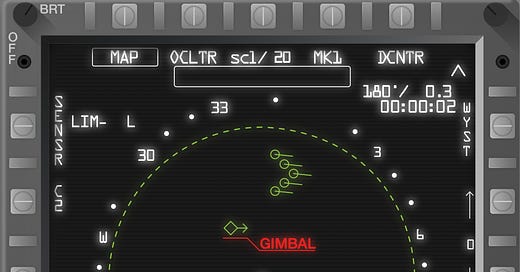




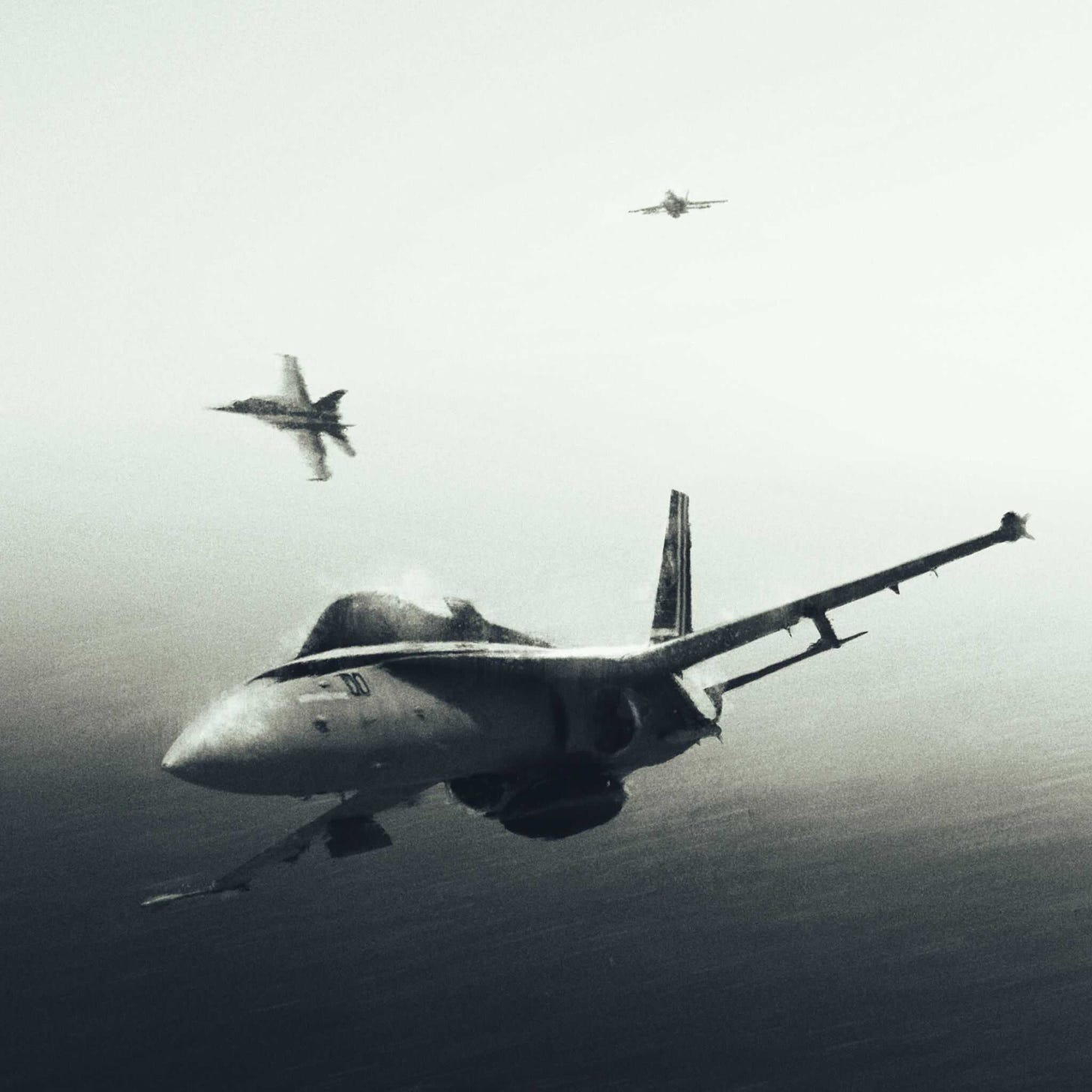
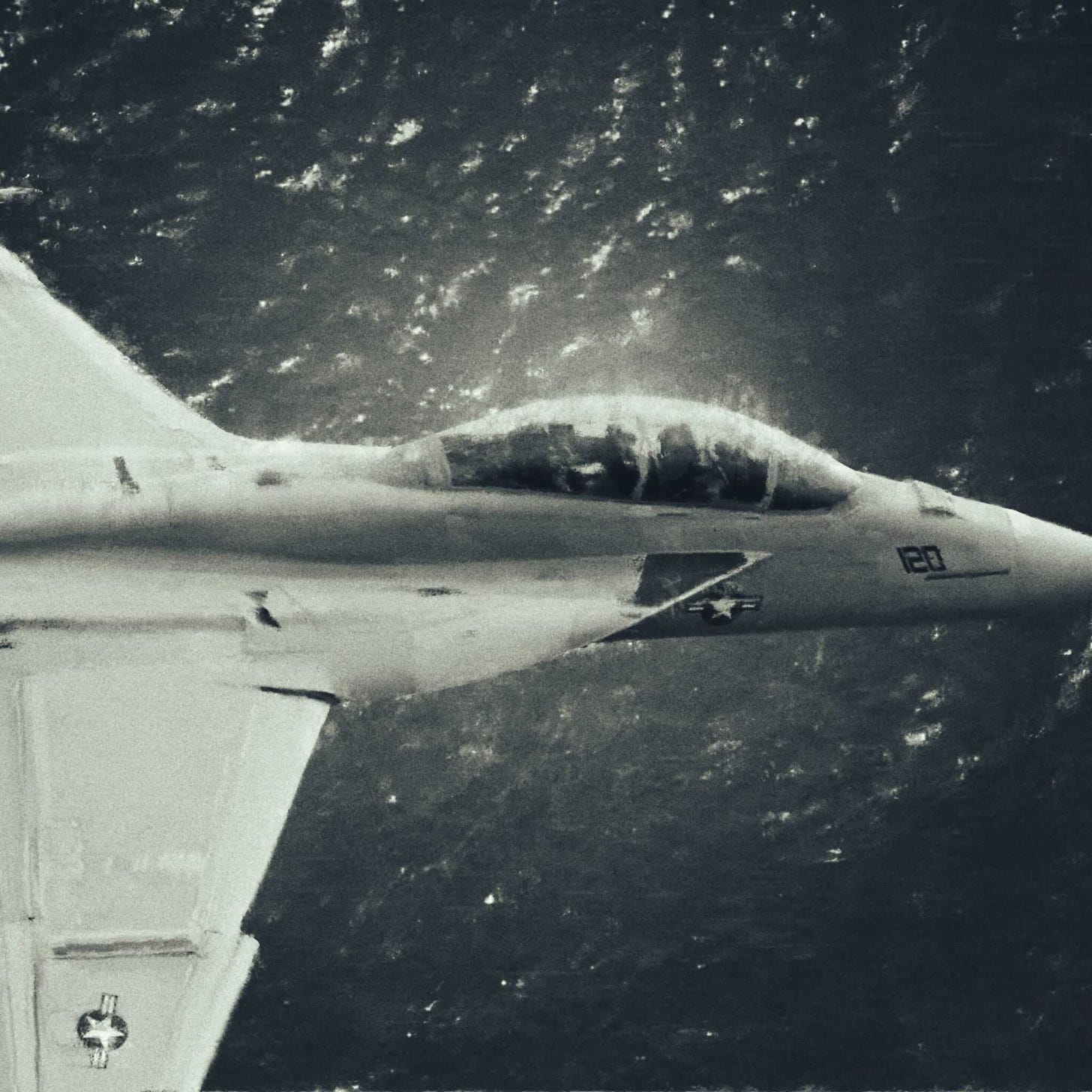

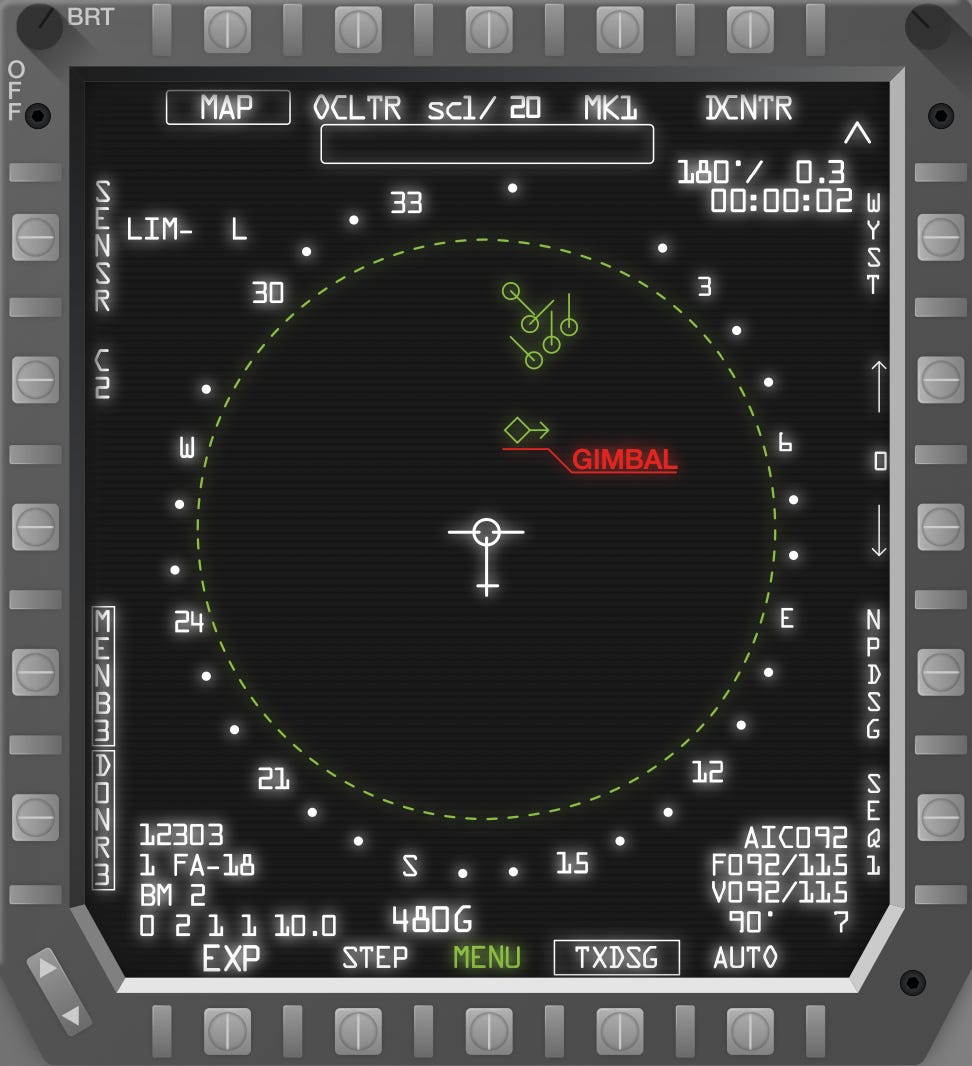
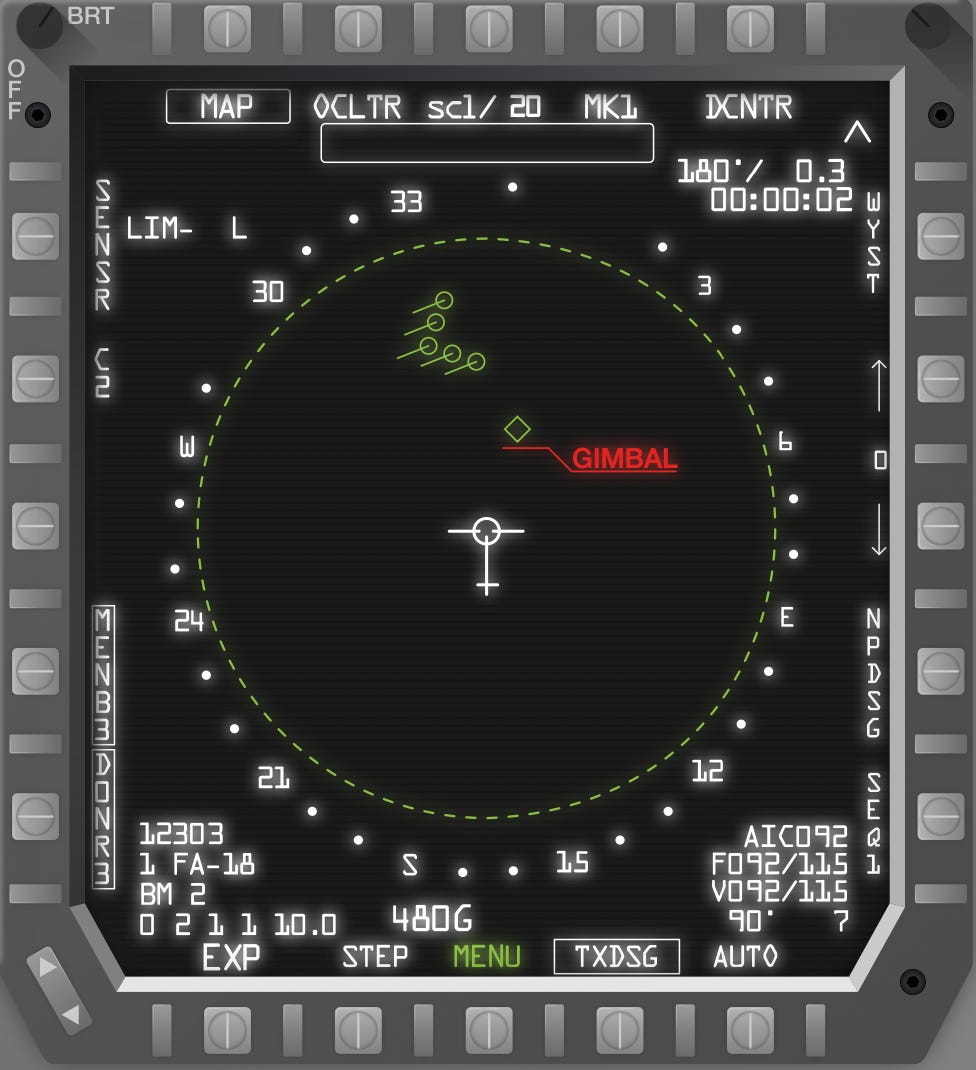
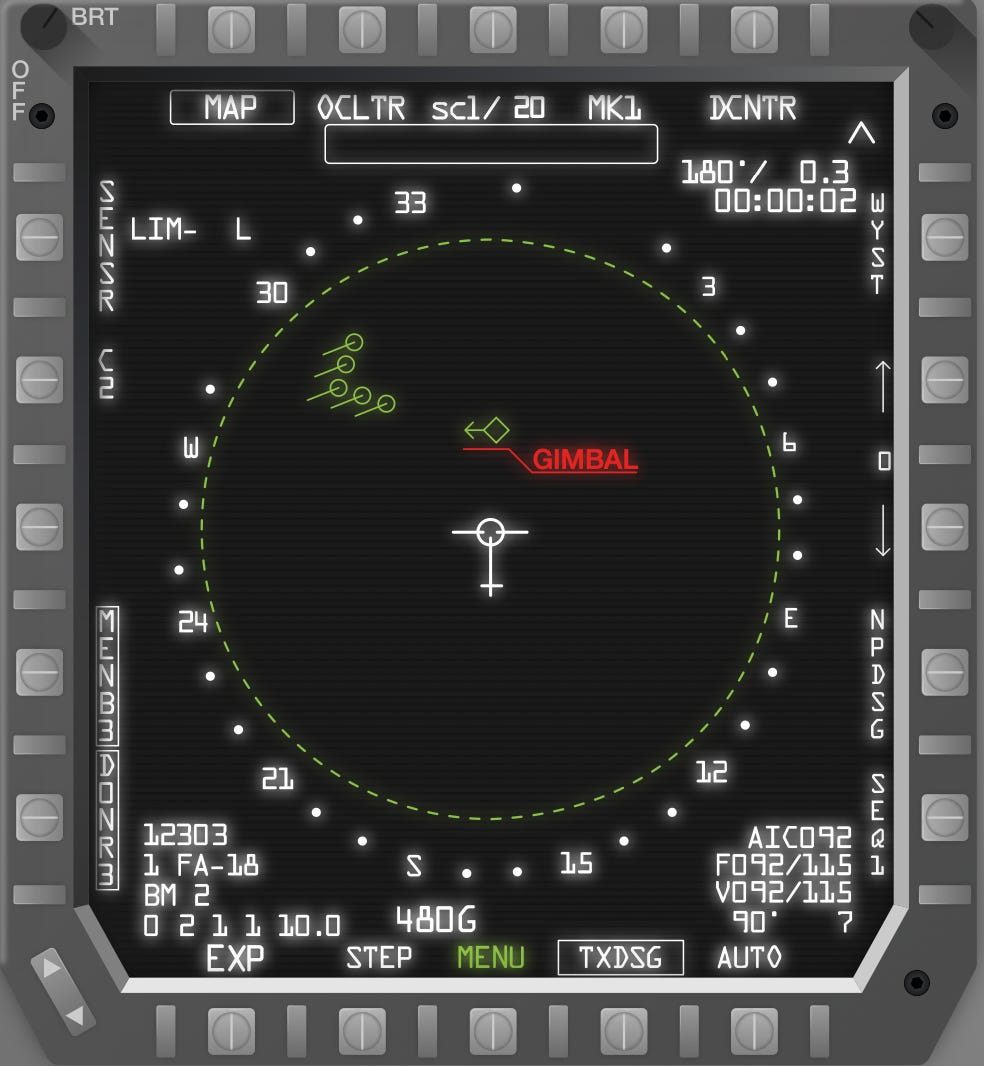
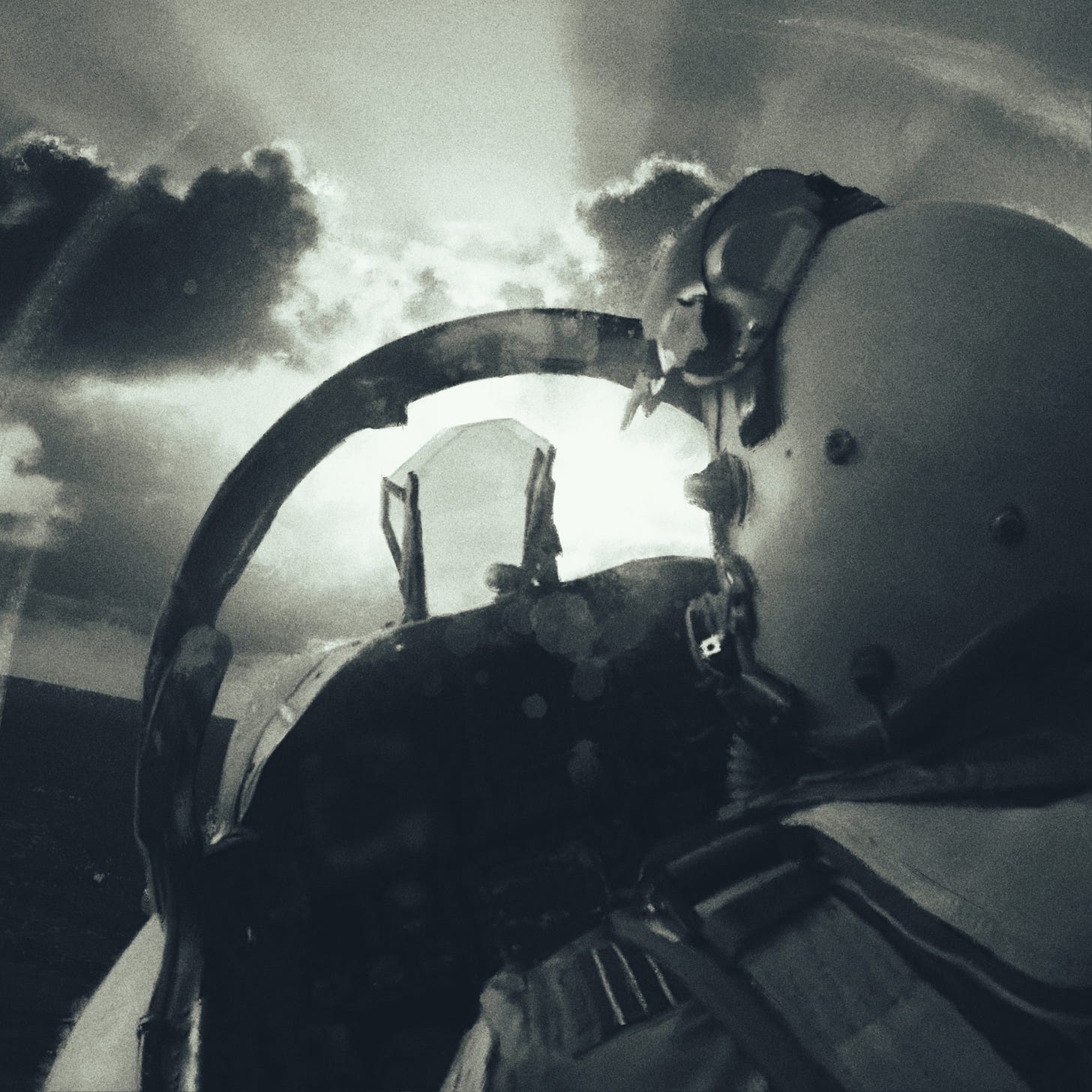
Thank you for this article. I have a few questions, if that’s ok. Am I correct in assuming that none of the UAP/UFOs have been seen entering into our atmosphere, or leaving it? I picture them as appearing suddenly into view out of seemingly nowhere, and then disappearing before your eyes. Am I correct about that? You also said that our aircraft were, at times, almost colliding with them. In my mind, this suggests they were maneuvering the skies utilizing some form of invisibility shields, only allowing their appearance to be seen at their discretion. Your thoughts?
Thank you, without professionals such as yourself, this subject would just stagnate under the cloak of obfuscation. Great information and analysis. Can't wait for more!